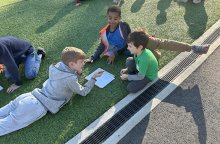
Isa Moss loves teaching fourth grade.
“It’s such a wonderful time to witness,” she says, “a culmination of what the children have learned in the younger years, wrapped up in all the natural elements of growing up. In Grade 4, students become ‘the big kids,’ the leaders of the Lower
Division, and have the opportunity to set an example for others.”
Educating the “whole child” always depends on recognizing the many ways students are growing – physically, yes, and also intellectually, academically, emotionally, and socially– and in Grade 4, this awareness extends to the need to make sure students are not only succeeding in everything it means to be a great fourth grader, but also to prepare them to succeed in Grade 5 as they move to Park’s Upper Division.
The curriculum is designed to ensure that students hit the necessary benchmarks so that they are set up for academic success. However, Isa says, the Grade 4 team is also focused on guiding the social-emotional learning that supports the increased independence and self-advocacy students will need as their journey continues. Isa observes, “In Grade 4, our students begin asking questions when they need help, rather than just because they want help.” For example, if a student encounters a complicated math problem, it may feel natural to ask for help before they try it on their own. In Grade 4, they are encouraged to sit with the problem first, use the various problem solving resources they have acquired – brainstorm with a classmate, read the problem again, try a different question first and then circle back to the other one – and only come for help from a teacher when they have exhausted these efforts.
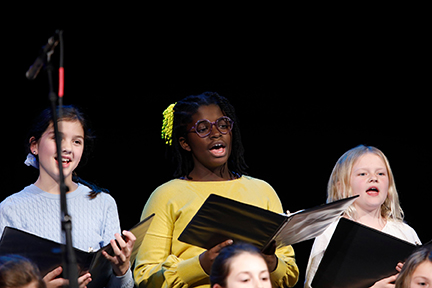
“It’s a comfortable habit to ask a teacher to show you the way through a challenge,” Isa notes, “but when they gain understanding of the difference between wanting help and needing it, they can advocate for themselves.”
These skills extend to the social-emotional aspects of fourth grade life as well. It’s a time of lots of developmental and biological growth, and a time when children start looking less to the adults in their life for approval as they seek it instead from their peers–with all the inherent social politics this can entail. “Our students are learning to negotiate and manage all the complicated feelings that arise in these changing social dynamics,” Isa says. “They are figuring out where they stand with friendships, and how to communicate with both adults and kids. That’s an important part of our SEL work.”
In addition, growth in managing technology is another big factor, as students come to understand what digital citizenship looks like. This begins with increased awareness of taking physical responsibility for their devices, and extends to deeper questions about how to be a respectful member of the community through their digital work. “If you are working with a partner in a document, for example,” Isa explains, “how will you collaborate and share comments in a way that is respectful? Being a responsible digital citizen in the world matters. How you represent yourself with technology matters. What you share and don’t share matters, as does the recognition that when you make comments online about someone or their work, it’s the same as saying something to their face.” The Park tech team also talks to students about their “digital footprint,” building understanding that posts don’t go away. These are all important skills and awareness to carry forward into Grade 5.

One of the elements Isa loves most about the Grade 4 curriculum is the ways in which the different disciplines intertwine and support each other. For example, studies of ancient Greece and Greek mythology in social studies lead to writing their own myths, while studies of the Mayan calendar become challenges in understanding the ways the Mayans worked with math. “All that interconnectedness is really special in Grade 4,” she says.
We often talk about the Park journey, and yet the full arc of that journey also comprises many smaller journeys. At the beginning of Grade 4, Isa notes, the students are still “really third graders. They have much to learn about guidelines and classroom expectations, and there is a slow build of independence.” But they get there. “ One day recently,” she laughs, "I looked around the classroom and everyone was sitting quietly, asking each other for help, partnering…it’s like the whole thing – that independence and settling into themselves – just clicked.” Grade 4 Assistant Teacher Manny Duarte walked by and commented with surprise, “I didn’t know there were students in the room…they were so quiet.” Yes, Isa said. They clicked in. It happened right before spring break. And she knew: they’re not “Lower Division” anymore.
Spring conferences happened shortly after spring break, and not surprisingly, top of mind for many parents and guardians was Grade 5. What does it look like? How is it different? The Grade 5 team can confidently share that our fourth graders are right where they need to be, developmentally. They are prepared to handle the added independence, ready to build relationships with changing groups of classmates and teachers, ready to move through campus on their own, join sports teams, try out for a play, and so much more. Often, it’s the caregivers who are anxious. The students, however, are just fine. They are excited, and they are ready.
By Suzy Akin, Director of Strategic Marketing & Communications
#ItAllStartsatPark #ParkSchoolExcellence #ParkSchoolLower #TheParkSchoolMA
.jpg?command_1=resize&width_1=860&height_1=860)
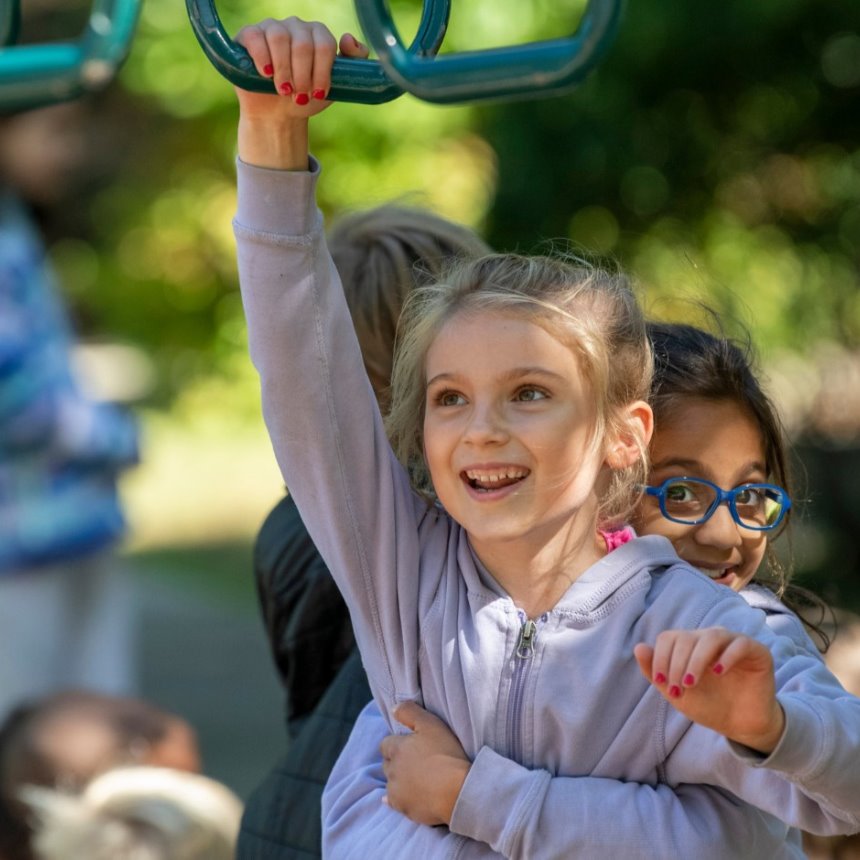
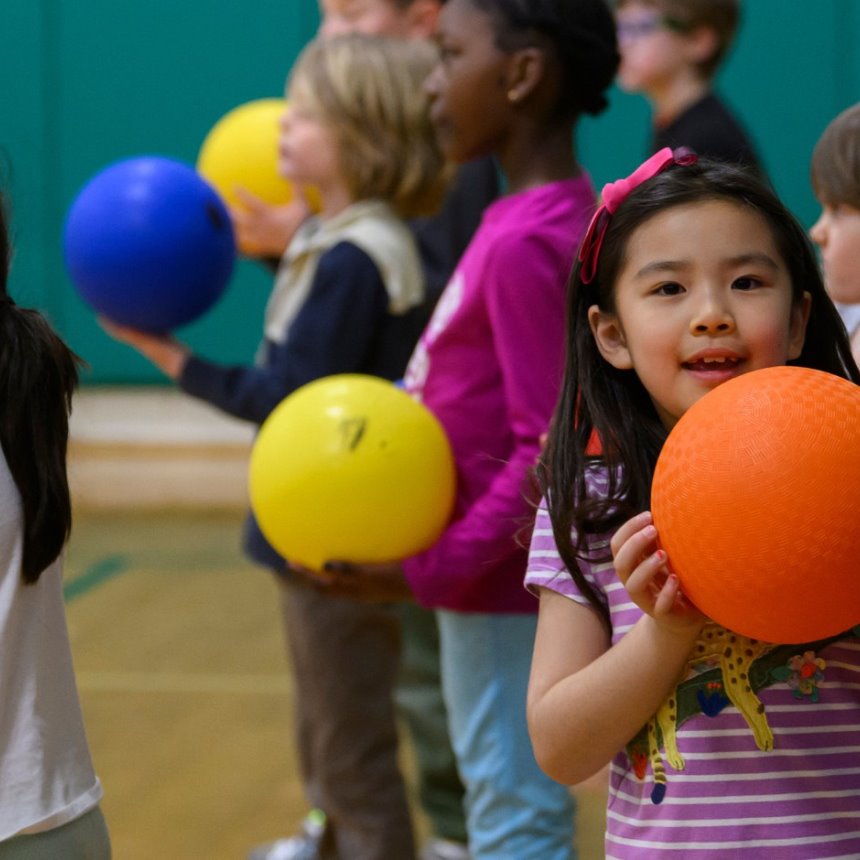
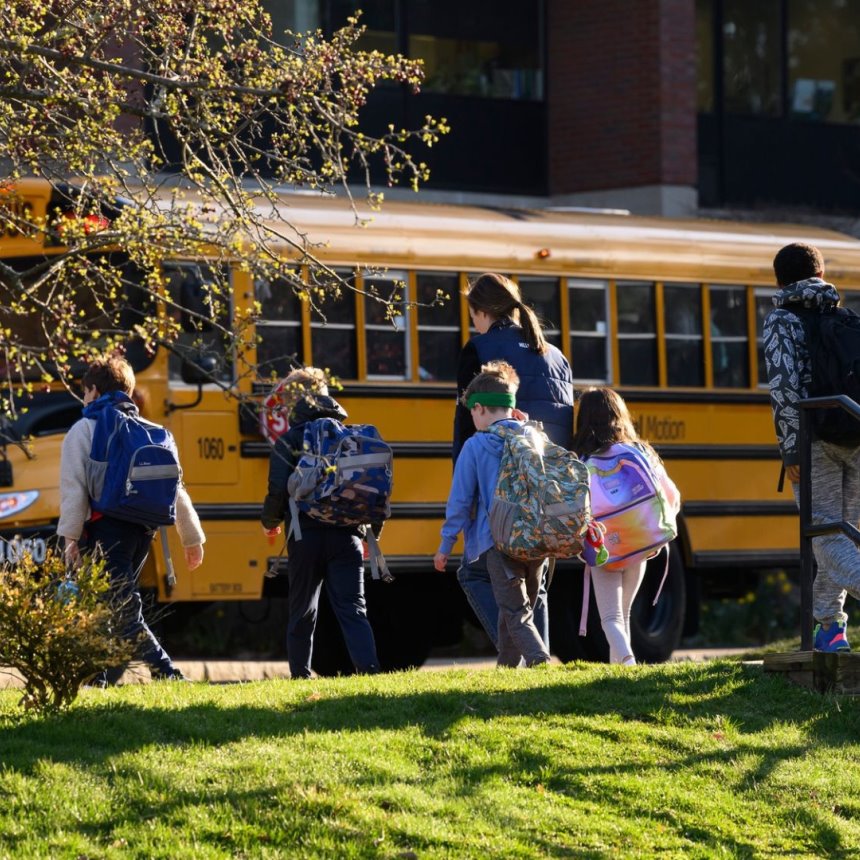










.jpg&command_2=resize&height_2=85)









